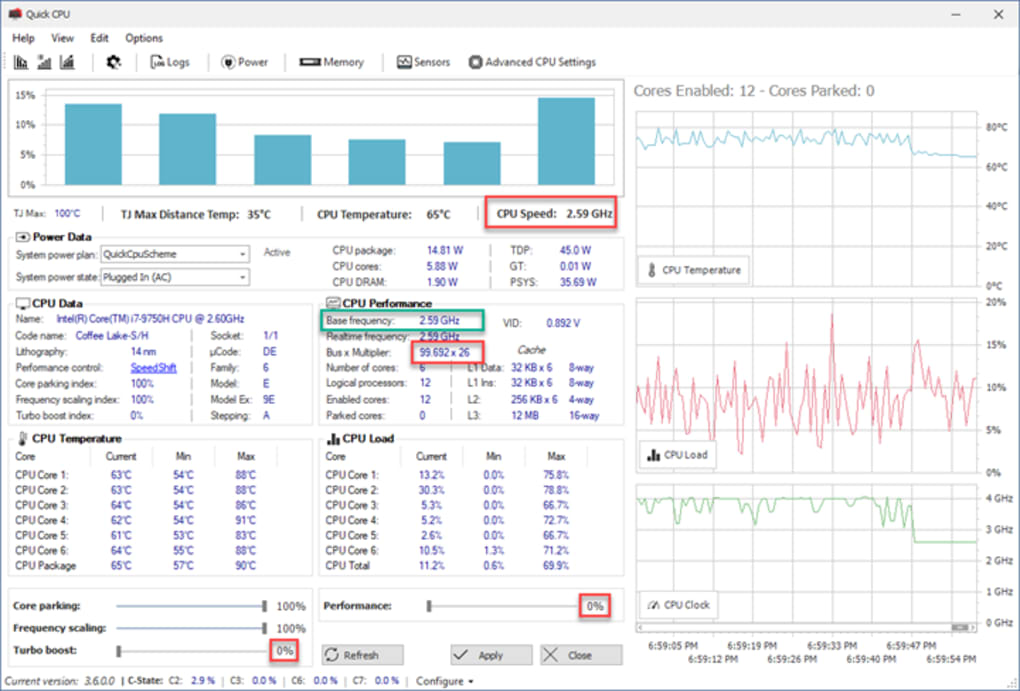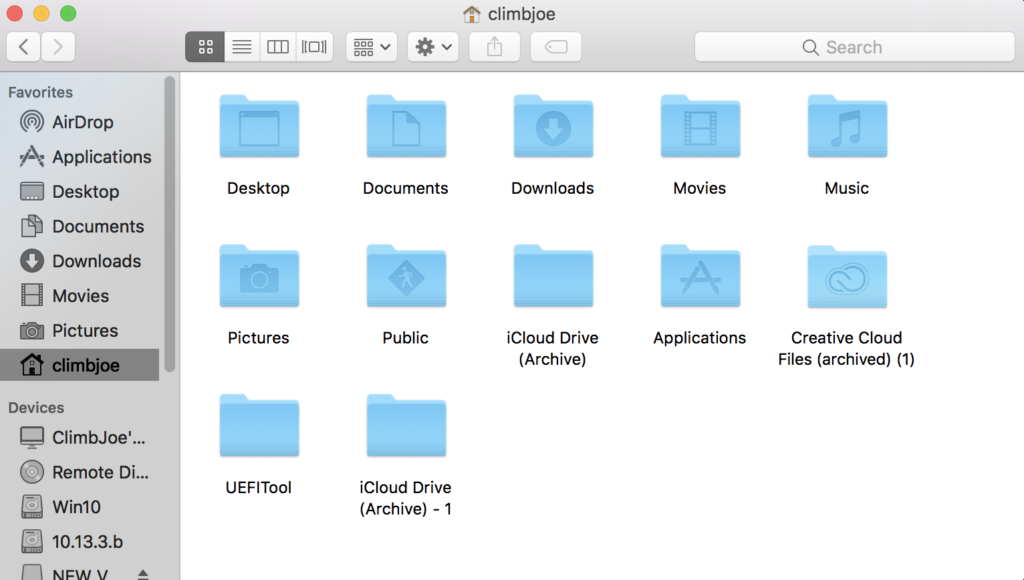
Never try to use an offset without checking.Īnd you're done! Now you'll have correct CPU power management

And with that, you should have CFG Lock unlocked! To verify, you can run over the methods listed at Checking if your firmware supports CFG Lock unlocking to verify whether the variable was set correctly then finally disable Kernel -> Quirks -> AppleCpuPmCfgLock and Kernel -> Quirks -> AppleXcpmCfgLock. txt file with terminal:Īt this point, run either reboot in the shell or simply reboot your machine. Open your setup file with ifrextract and export as a. You'll find that this string is found within a Setup folder, right-click and export as Setup.bin (or even Setup.sct) If nothing pops up then your firmware doesn't support CFG Lock, otherwise continue on.
Within this file, search for OCCPU: EIST CFG Lock: This should provide you with a file in the format of opencore-YYYY-MM-DD-hhmmss.txt on the root of the drive. Use a tool called ControlMsrE2 which will speed up the whole checking processįor users who prefer using DEBUG release, you'll want to enable the DEBUG variant of OpenCore with Target set to 67 and boot OpenCore.Use the DEBUG version of OpenCore and check what the log says about CFG Lock.To check it, you can proceed into two ways: Note: Penyrn based machines actually don't need to worry about unlocking this register # Checking if your firmware supports CFG Lock unlockingīefore proceeding with the rest of this guide, you'll first need to check if your firmware supports CFG Lock unlocking.

Very much preferred, as avoids patching allowing for greater flexibility regarding stability and OS upgrades.
#Download uefitool Patch#
Patch our firmware to support MSR E2 write AppleCpuPmCfgLock for AppleIntelPowerManagement.kext.This creates instability and unnecessary patching for many.Instead both the Kernel (XNU) and AppleIntelPowerManagement want this register. And why we care about it is that macOS actually wants to write to this variable, and not just one part of macOS. By default, most motherboards lock this variable with many even hiding the option outright in the GUI. AMD users don't have any type of CFG LockĬFG-Lock is a setting in your BIOS that allows for a specific register(in this case the MSR 0圎2) to be written to. Note that this guide is only applicable for Intel users.This guide is only recommended for users who have already installed macOS, for users who are installing for the first time enable AppleCpuPmCfgLock and AppleXcpmCfgLock under Kernel -> Quirks Checking if your firmware supports CFG Lock unlocking.


 0 kommentar(er)
0 kommentar(er)
